“If you deprive yourself of outsourcing and your competitors do not, you’re putting yourself out of business.” Lee Kuan Yew
In a fiercely competitive business ecosystem, companies need to cope with ongoing challenges: deliver high-quality services and products, meet – and ideally – exceed customer expectations, manage staff, plan their supply response to higher prices, improve productivity, innovate, tackle digitalization and online visibility, just to name a few. Under such constant pressure, there is no wonder most companies decide to follow Ryan Khan’s advice: “Master your strengths, outsource your weaknesses.” According to Appian, investing in moderate-to-considerable IT infrastructures – alongside apps development – grants businesses the ability to adapt to external changes and develop organizational resilience. But what does the German IT landscape look like? Is there a shortage in the IT switch? At the end of 2022 and based on a Bitkom study, Startbase was highlighting that Germany was in need of 137,000 IT specialists. In today’s article, we will dive a little deeper into the reasons why Poland has turned into Germany’s favorite IT outsourcing destination.
IT Outsourcing: what is it and how it can benefit businesses
Gartner defines IT outsourcing as the employment of external service providers to maximize business outcomes by ensuring IT-enabled infrastructure solutions, business processes, and application services. An efficient business strategy, IT outsourcing comes with a series of notable benefits:
- Reduced TTM (i.e. Time To Market)
- Reduced overall costs (increased budget control and flexibility)
- Global access to diverse, high-quality IT expertise at affordable prices
- Enhanced productivity and efficiency
- Continuous and preventive monitoring of the IT network
- Fast error removal
- The in-house human resources can focus on other crucial tasks
- Fast and secure implementation of new technologies
- Enhanced security to protect sensitive information (e.g. client personal data, internal data, etc.)
- Shared responsibility
- Fast hiring
Despite the wide range of benefits, according to a Deloitte survey, cost reduction remains the main reason for outsourcing:
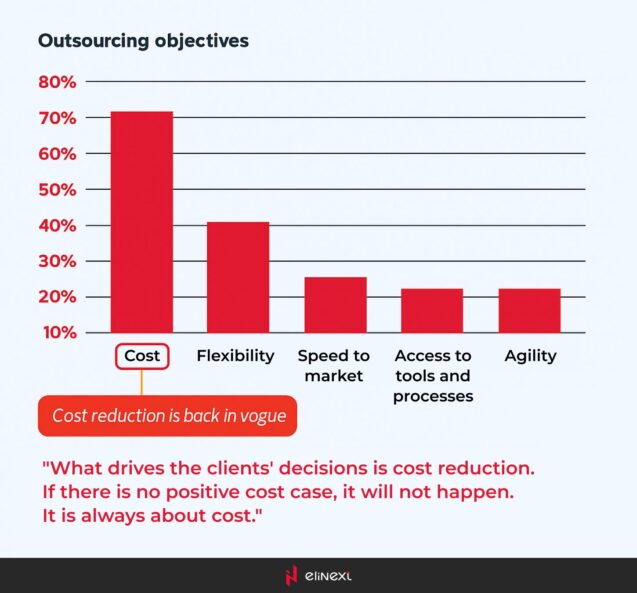
Types of IT outsourcing
Depending on how far your IT providers are from your in-house team, we can distinguish 3 types of outsourcing:
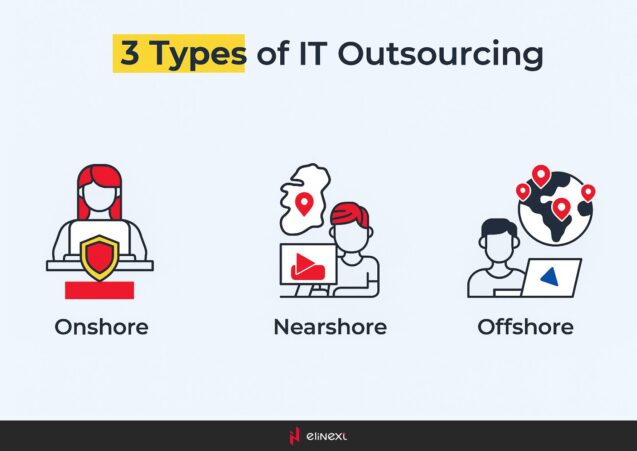
Onshore (a.k.a. homeshoring): the client and its IT service provider are geographically close (same city, same country).
Nearshore: the IT service provider is located in a neighboring country, usually within the same time zone. Nearshoring offers multiple advantages: convenient time zone, cultural similarities, language, geographical proximity, etc.
Offshore (a synonym of global collaboration): the IT service provider is usually located in a low-cost region anywhere around the globe (frequently on a different continent).
IT Outsourcing: market size
According to GlobeNewswire (based on Precedence Research), the global IT outsourcing market was valued at $530.15 billion in 2021 and is expected to grow at a CAGR of 8.06%, reaching $1.06 trillion by 2030.
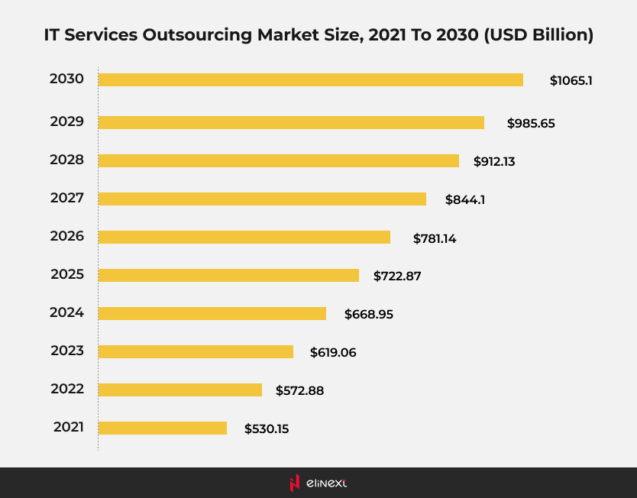
Even though, in 2023, the most revenue is expected to be generated in the U.S., the European revenue in the IT outsourcing segment is expected to reach $138.20bn. By 2027, revenue is projected to grow at a CAGR of 7.77%, reaching a market volume of $186.40bn.
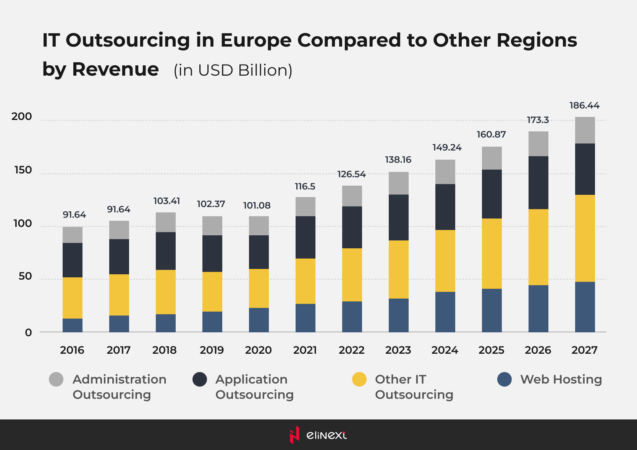
As far as Germany is concerned, in 2023, Statista points out that revenue in the IT outsourcing segment is expected to reach US$23.42bn. By 2027, the market size is projected to reach US$31.06bn, growing at a CAGR of 7.31%.
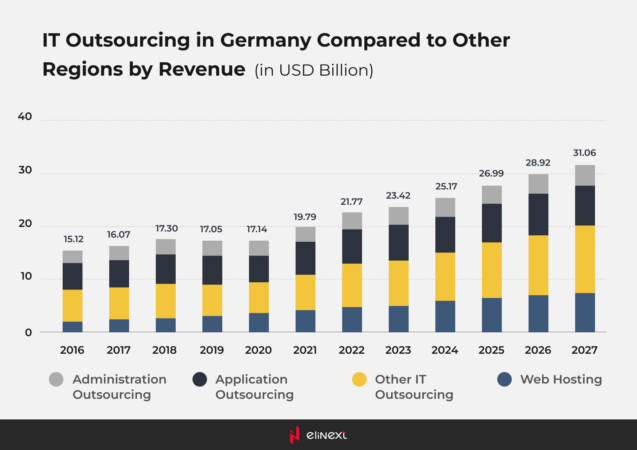
Germany and its favorite IT outsourcing destinations
The local skill shortage – compounded with the high costs of local recruiting and the growing demand for IT specialists – has caused German companies to look for IT talent abroad. According to a survey by Grid Dynamics, no less than 77% of the surveyed German companies prefer to outsource their IT projects to Europe due to two determining factors: extensive talent pool and convenient time zones.
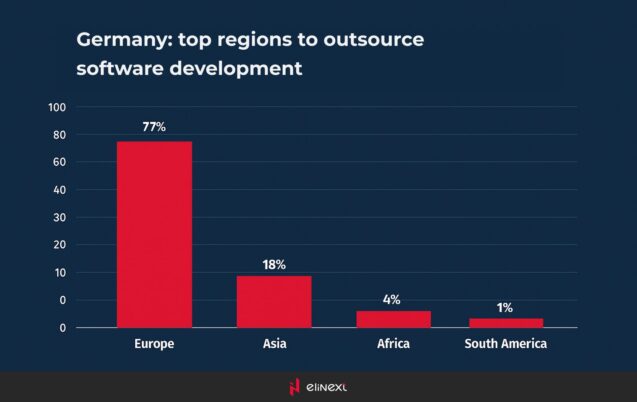
Among the European countries Germany outsources its IT projects, Poland takes a prominent position due to a series of factors we will talk about below.
Stable economy and booming IT market
Supported by a fast-growing economy, a stable political environment, a solid educational system, foreign investment, and EU-funded digitalization, Poland has turned into an ICT powerhouse:
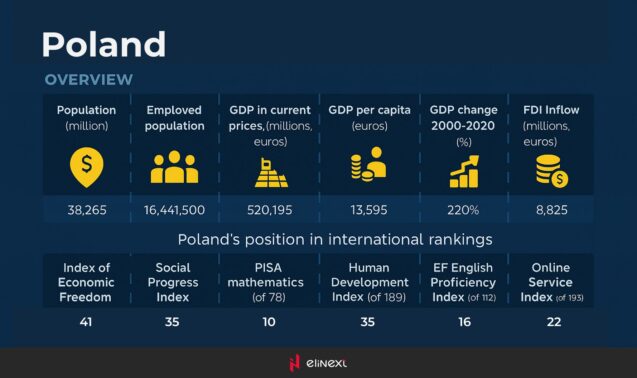
As Statista highlights, in 2023, revenue in the Polish IT services market is expected to reach US$7.12bn, out of which the IT outsourcing segment represents US$2.56bn. Revenue will keep growing at a CAGR of 8.85%, reaching US$9.99bn by 2027.

Thanks to a stable, fast-growing business environment and an extensive pool of tech talent, Poland currently occupies the second place in the IT Competitiveness Index:
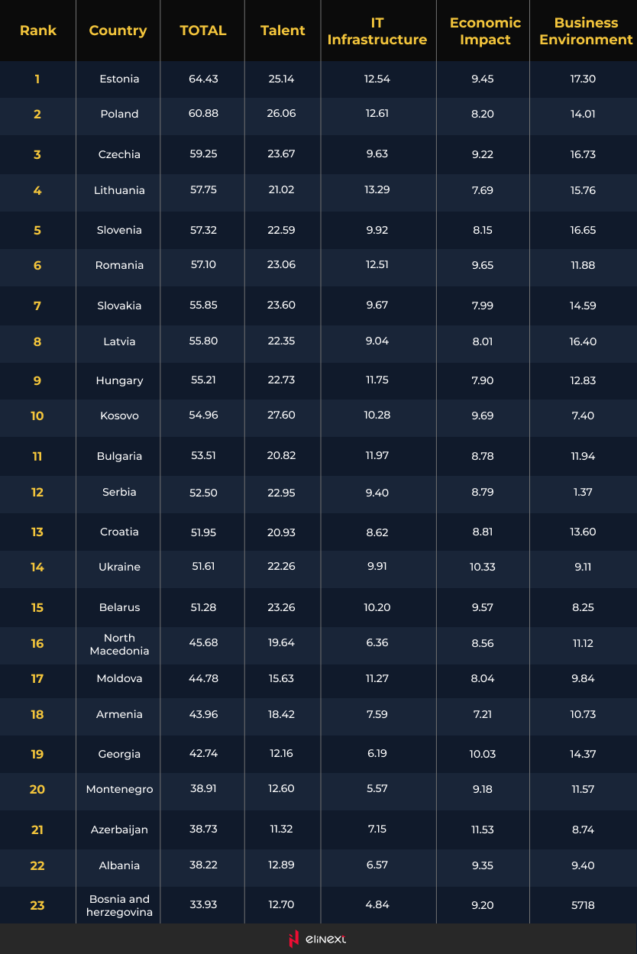
Extensive and diverse talent pool
According to a report by N-iX, Poland boasts an impressive talent pool of over 450,000 ICT professionals, producing more than 17,000 ICT graduates yearly:
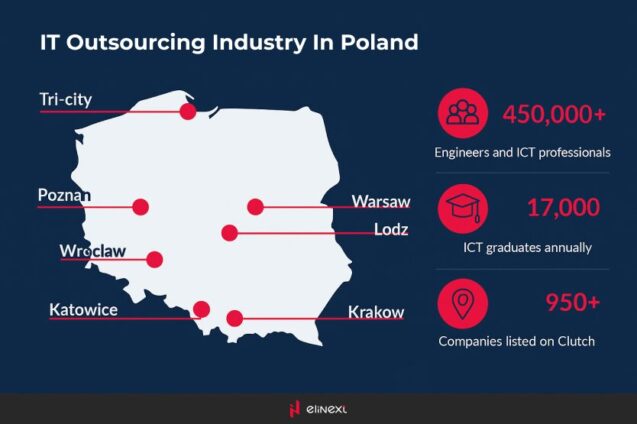
In HackerRank, Poland occupies the 3rd position:

According to N-iX report, Java, JS, and Python are the most popular technologies among Polish tech specialists:
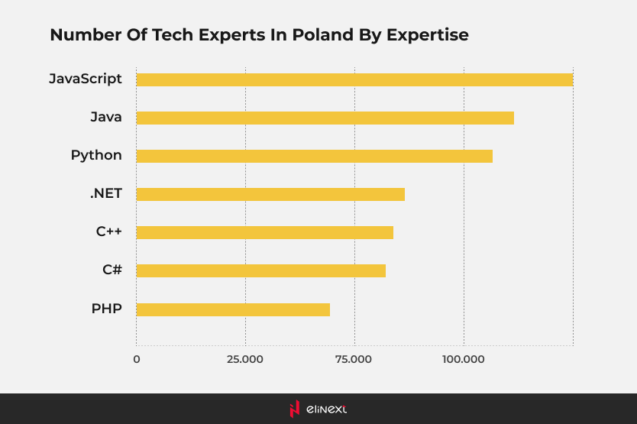
Additionally, Poland also boasts a considerable number of DevOps and Cloud experts:
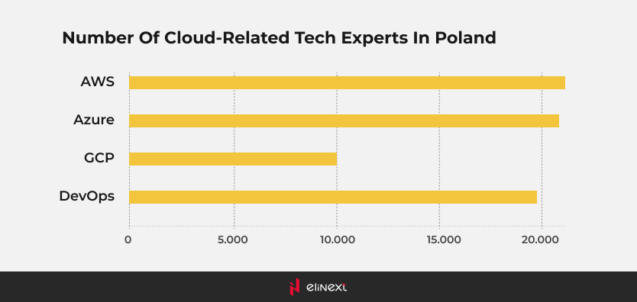
Poland boasts high standards of education and multiple globally recognized tech universities:
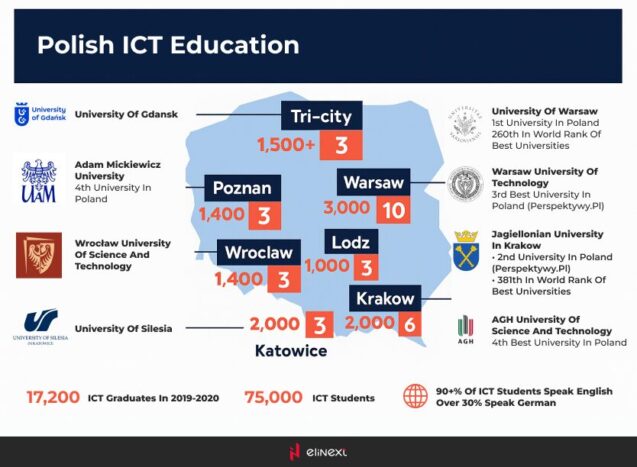
In 2020, Poland had 67,019 ICT students:
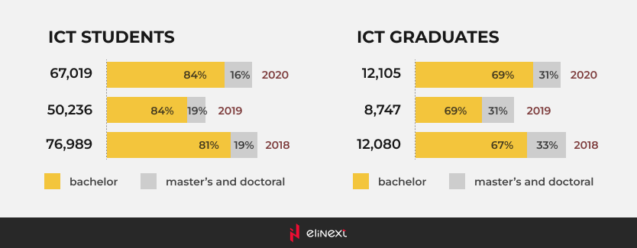
Competitive costs
We have already mentioned that cost reduction is one – if not the main! – of the reasons companies outsource their IT projects. As Next Technology points out – based on data extracted from SalaryExpert, Glassdoor, and PayScale, – a Polish software developer earns less than half of what a German developer earns. Take a look at the table below:

Apart from the obvious salary gap, outsourcing to Poland comes with additional benefits such as lower administrative fees, taxes, etc.
High English proficiency
According to EF EPI, Poland ranks 13 out of 111 in terms of English proficiency, thus ensuring good communication:
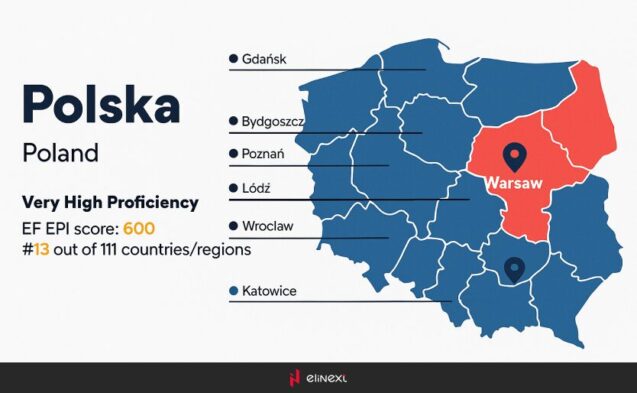
What’s more, in 2020, more than 690.000 middle school Polish students studied German as a foreign language:

Geographical proximity
Since Germany and Poland are geographically close, the two countries not only share cultural and work ethics similarities but also similar time zones, thus ensuring seamless communication. The geographical proximity also facilitates face-to-face meetings.
Wrap up
Boosted by the COVID-19 pandemic that blurred the lines between local and global collaboration, Poland has become an attractive IT outsourcing destination for German companies who are looking not only for high-quality IT solutions but also for cost-effectiveness, time-saving, and hiring convenience. With a flourishing IT Services market, a vast pool of seasoned IT specialists, a penchant for innovation, a strong tech-oriented educational approach, the ability to adapt to market needs, and competitive pricing, Poland has emerged as a long-term, valuable IT partner for numerous German companies such as Bosch, Deutsche Bank, Volkswagen, or BMW, just to name a few.









